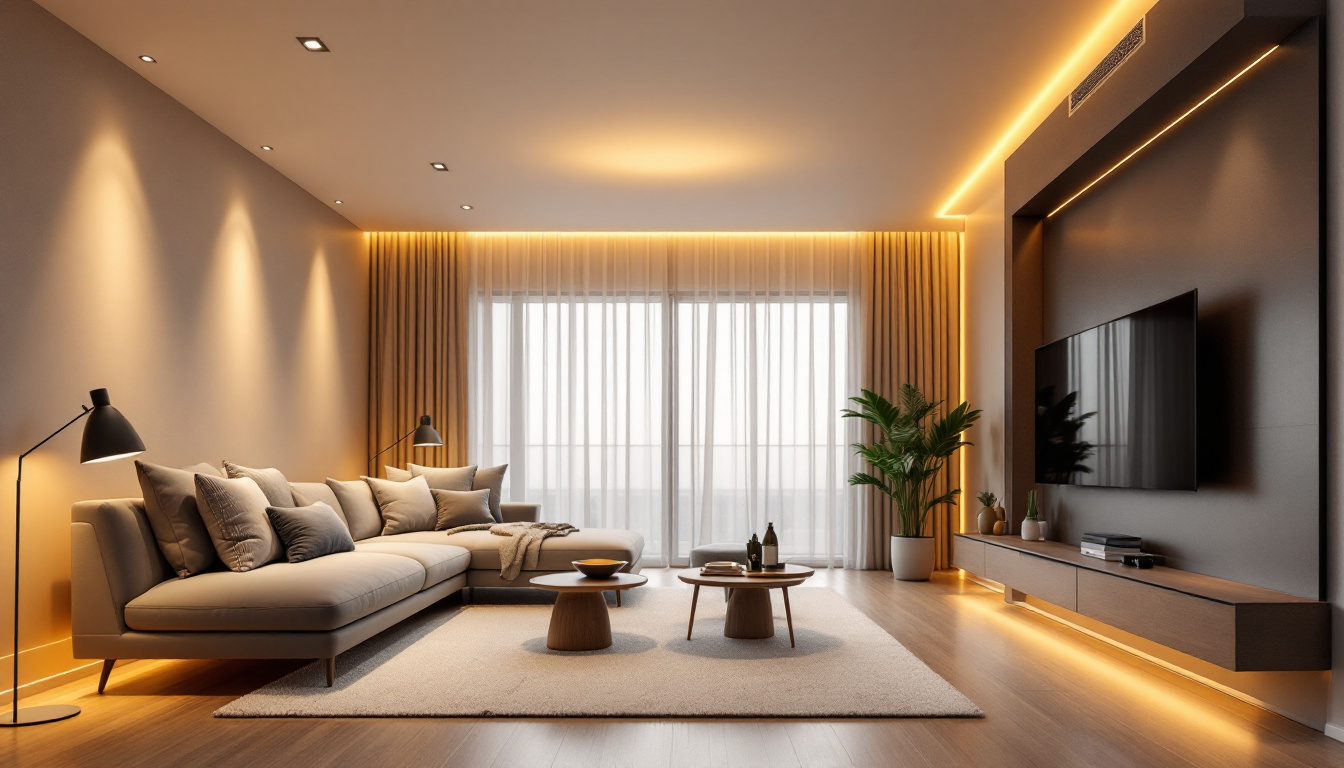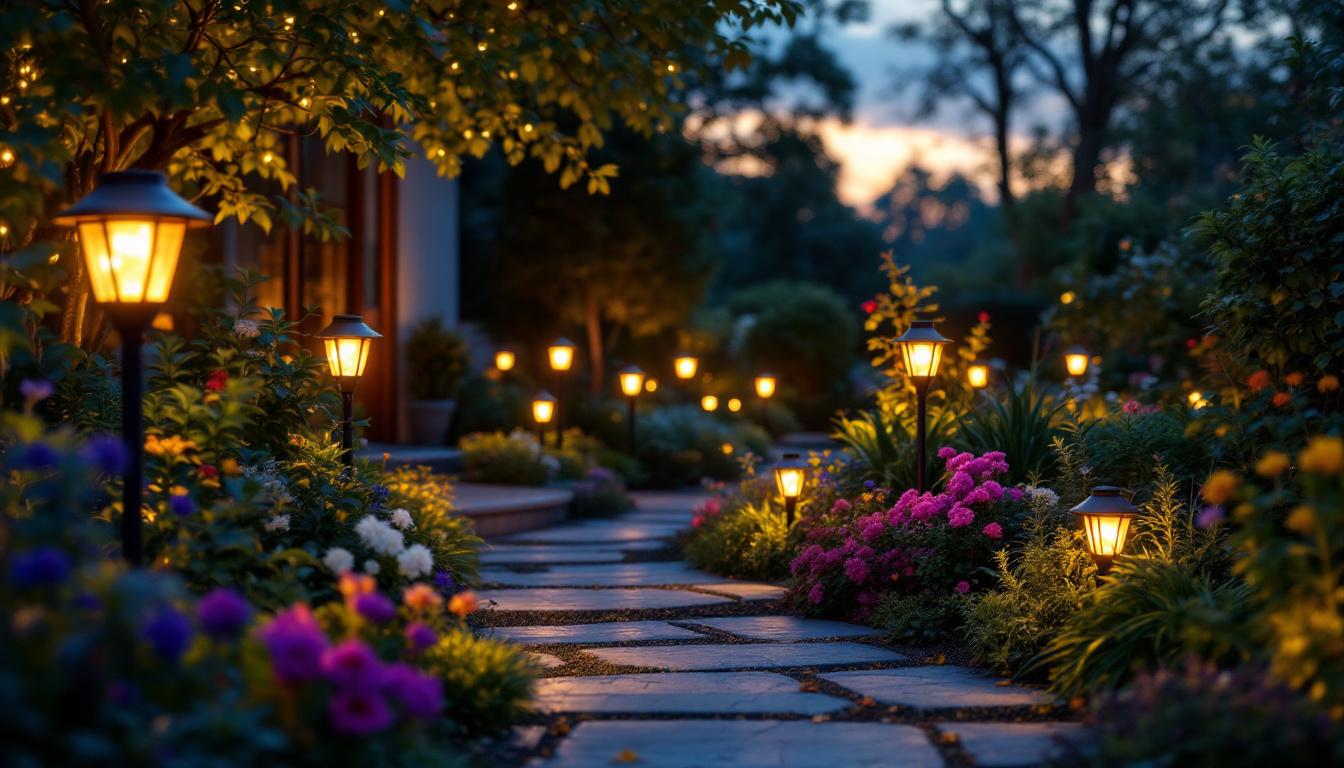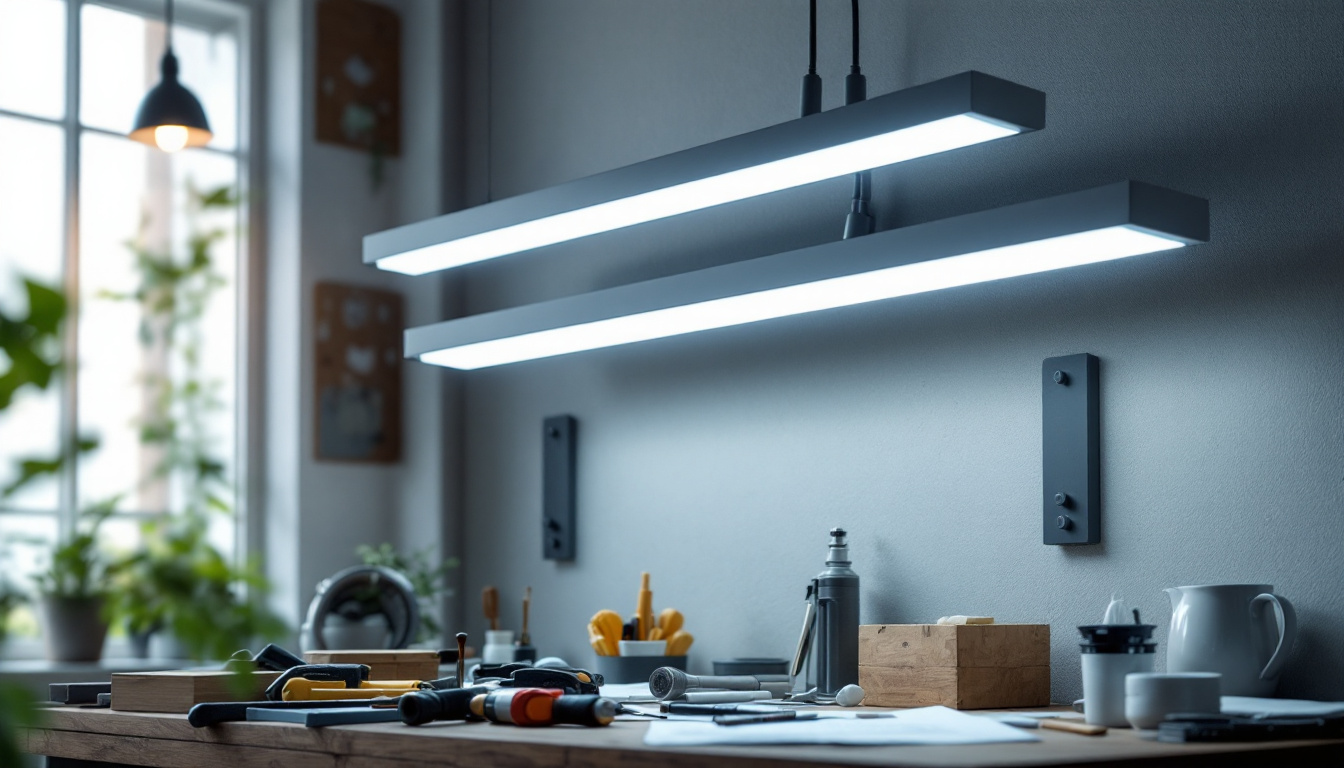
recessed lighting, often referred to as can lighting or downlighting, is a popular choice among homeowners and lighting contractors alike. This type of lighting is installed into the ceiling, creating a sleek and modern appearance. Unlike traditional fixtures, recessed lights are unobtrusive and can provide a clean, streamlined look to any space. The versatility of recessed lighting makes it suitable for various applications, from accent lighting to general illumination.
As lighting technology evolves, contemporary recessed lighting has become more efficient and effective. With the introduction of LED technology, recessed lights now offer improved energy efficiency, longer lifespans, and enhanced brightness. These advancements not only benefit homeowners but also present significant opportunities for lighting contractors to enhance project efficiency and customer satisfaction.
One of the primary reasons homeowners opt for recessed lighting is its aesthetic appeal. This type of lighting can seamlessly blend into the architecture of a home, providing illumination without the bulkiness of traditional fixtures. By installing recessed lights, contractors can help homeowners achieve a modern look that enhances the overall design of the space.
Moreover, recessed lighting can be strategically placed to highlight architectural features or artwork, creating focal points within a room. This flexibility allows for creative design solutions that can elevate the ambiance and functionality of any space. The ability to dim recessed lights also adds to their appeal, allowing homeowners to adjust the mood of a room with ease. Whether it’s a cozy movie night or a vibrant gathering, the right lighting can significantly influence the atmosphere.
Recessed lighting can be utilized in various settings, making it a versatile choice for both residential and commercial projects. In living areas, it can provide general illumination, while in kitchens, it can be used to illuminate workspaces effectively. Additionally, recessed lights can serve as accent lighting in dining rooms or hallways, showcasing artwork or architectural details.
In bathrooms, recessed lighting can enhance visibility while maintaining a clean aesthetic. The adaptability of recessed lighting makes it a valuable tool for contractors looking to meet diverse client needs. Beyond the home, recessed lighting is also a popular choice in retail environments, where it can be used to highlight merchandise and create an inviting shopping experience. In office spaces, recessed lights can contribute to a productive work environment by providing ample illumination without the distraction of bulky fixtures. This versatility ensures that recessed lighting remains a staple in both residential and commercial design. Furthermore, with the rise of smart home technology, many recessed lighting systems can now be integrated with home automation systems, allowing for remote control and programmable settings that enhance convenience and energy efficiency.
Energy efficiency is a critical consideration in modern lighting design. With the shift towards sustainable practices, homeowners are increasingly seeking energy-efficient solutions that reduce their carbon footprint and lower utility bills. Contemporary recessed lighting, particularly LED options, offers significant energy savings compared to traditional incandescent or halogen bulbs.
LED recessed lights consume significantly less energy while providing the same or even greater brightness levels. This efficiency not only benefits homeowners but also allows contractors to market their services as environmentally friendly, appealing to a growing demographic of eco-conscious clients.
While the initial investment in LED recessed lighting may be higher than traditional options, the long-term cost savings are substantial. LED lights have a longer lifespan, often lasting up to 25,000 hours or more. This longevity means fewer replacements and lower maintenance costs over time.
Additionally, the reduced energy consumption translates to lower electricity bills, making LED recessed lighting a financially savvy choice for homeowners. As contractors, emphasizing these cost-saving benefits can enhance client satisfaction and lead to more referrals and repeat business.
The integration of smart technology into recessed lighting systems has further increased their efficiency and appeal. Smart recessed lights can be controlled remotely through smartphones or voice-activated devices, allowing homeowners to adjust brightness levels and color temperatures according to their preferences.
This level of control not only enhances convenience but also contributes to energy savings. Homeowners can easily turn off lights in unoccupied rooms or adjust settings based on the time of day, optimizing energy use without sacrificing comfort.
When it comes to recessed lighting installation, careful planning and execution are crucial. Lighting contractors must consider various factors to ensure a successful project. From selecting the right fixtures to determining optimal placement, each decision impacts the overall effectiveness of the lighting design.
One of the first steps in the installation process is assessing the space and understanding the client’s lighting needs. This involves discussing the intended use of each room, desired ambiance, and any specific features that should be highlighted. By gathering this information, contractors can create a tailored lighting plan that meets the client’s expectations.
There is a wide variety of recessed lighting fixtures available, each designed for specific applications. Contractors should consider factors such as beam angle, trim style, and color temperature when selecting fixtures. For instance, narrow beam angles are ideal for accent lighting, while wider angles provide general illumination.
Additionally, the trim style can significantly impact the overall look of the lighting. Options range from baffle trims that reduce glare to adjustable trims that allow for directional lighting. By offering a selection of fixtures that align with the client’s vision, contractors can enhance project efficiency and satisfaction.
The placement and spacing of recessed lights are critical for achieving the desired lighting effect. A common rule of thumb is to space recessed lights approximately 4 to 6 feet apart, depending on the ceiling height and the type of lighting effect desired. In general, higher ceilings may require wider spacing to ensure adequate illumination.
Contractors should also consider the layout of the room and any architectural features that may influence light placement. For example, recessed lights can be positioned to highlight artwork or architectural details, creating a more dynamic and visually appealing environment. Proper planning in this phase can significantly enhance the overall effectiveness of the lighting design.
While recessed lighting offers numerous benefits, there are also challenges that contractors may encounter during installation and design. Being aware of these potential issues allows for proactive solutions, ensuring a smoother project execution.
One common challenge with recessed lighting installation is managing ceiling insulation. Many recessed fixtures generate heat, which can pose a fire hazard if insulation is placed too close to the fixture. To address this, contractors should select IC-rated (insulation contact) fixtures that are designed to be safely in contact with insulation.
Additionally, proper ventilation is essential to prevent overheating. Ensuring that fixtures are installed according to manufacturer guidelines can mitigate these risks and enhance the safety of the installation.
Another challenge contractors may face is light leakage, which can occur when recessed lights are not properly sealed. This can lead to unwanted light spilling into adjacent areas, creating an uneven lighting effect. To prevent this, contractors should use high-quality trims and ensure that fixtures are securely installed.
Moreover, aesthetics play a significant role in the success of recessed lighting. Homeowners often desire a seamless look, so attention to detail during installation is crucial. Ensuring that fixtures are flush with the ceiling and that trim styles match the overall design can enhance the visual appeal of the finished project.
The world of recessed lighting is continually evolving, with new trends and technologies emerging regularly. Staying informed about these developments can help contractors remain competitive and offer the best solutions to their clients.
As smart home technology becomes increasingly popular, the integration of recessed lighting with home automation systems is a growing trend. Homeowners are looking for lighting solutions that can be easily controlled alongside other smart devices, such as thermostats and security systems.
Contractors who can provide expertise in integrating recessed lighting with these systems will be well-positioned to meet the demands of modern homeowners. This not only enhances the functionality of the lighting but also adds value to the overall home automation experience.
LED technology continues to advance, with improvements in color rendering and brightness. Newer LED options offer a wider range of color temperatures, allowing homeowners to customize their lighting to suit their preferences and activities.
Additionally, advancements in dimming capabilities and color-changing options provide even greater flexibility. Contractors who stay abreast of these developments can offer innovative solutions that enhance the overall lighting experience for their clients.
Contemporary recessed lighting presents a wealth of opportunities for lighting contractors looking to enhance project efficiency and client satisfaction. By understanding the benefits of recessed lighting, including energy efficiency, design appeal, and versatility, contractors can effectively meet the diverse needs of homeowners.
Through careful planning, selection of the right fixtures, and attention to detail during installation, contractors can overcome common challenges and deliver exceptional results. As the industry continues to evolve, staying informed about trends and advancements will ensure that contractors remain at the forefront of lighting design.
Ultimately, embracing contemporary recessed lighting not only enhances the aesthetic and functional aspects of a home but also positions contractors as trusted experts in a competitive market. By leveraging the advantages of this innovative lighting solution, contractors can create spaces that are both beautiful and efficient, meeting the expectations of today’s discerning homeowners.
Ready to elevate your lighting projects with the efficiency and elegance of contemporary recessed lighting? At LumenWholesale, we provide lighting contractors with the highest quality, spec-grade lighting products at unbeatable wholesale prices. Say goodbye to local distributor markups and hello to superior lighting solutions that meet the highest industry standards. With our hassle-free bulk buying and free shipping, you can ensure your projects shine with premium lighting at the best value. Don’t compromise on quality or cost. Discover the perfect blend of quality, affordability, and convenience at LumenWholesale and make your next lighting project a resounding success.

Discover the essentials of solar-powered garden lights and compliance standards that every lighting contractor should know.

Illuminate your projects with confidence! Discover essential tips for lighting contractors on selecting and installing solar flood lights for outdoor spaces.

Explore how deco light bulbs are transforming the lighting industry and impacting contractors’ profitability.

Discover how a 4 lamp fluorescent fixture can revolutionize your lighting installation projects.